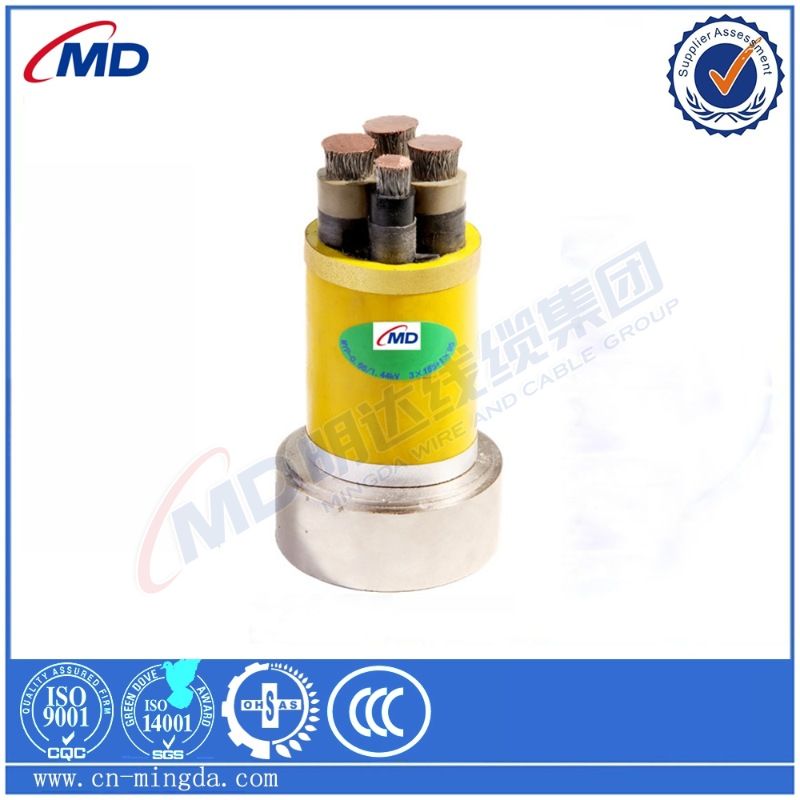12月 . 05, 2024 09:08 Back to list
Understanding Flow Regulation with Control Check Valves in Fluid Systems
Flow Control Check Valve A Comprehensive Overview
Flow control check valves are essential components in various fluid systems, playing a crucial role in regulating fluid flow while preventing backflow. This article explores the significance, operation, types, applications, and maintenance of flow control check valves, providing a thorough understanding of their functionality and importance in modern engineering.
Understanding Flow Control Check Valves
A flow control check valve is a device that allows fluid to flow in one direction while preventing reverse flow. This unique characteristic is vital in applications where backflow can cause damage to equipment, disrupt processes, or result in contamination. The valve's design helps maintain intended flow rates and pressure levels, contributing to the overall efficiency of fluid systems.
Working Principle
The operation of a flow control check valve is relatively simple yet effective. It consists of a valve body, a movable element (often a disk or ball), and a spring or gravity mechanism that helps control the valve's movement. When fluid flows in the intended direction, the pressure forces the movable element away from the valve seat, allowing fluid to pass through. If the flow attempts to reverse, the pressure in the opposite direction causes the movable element to close against the seat, thus preventing backflow.
Types of Flow Control Check Valves
There are several types of flow control check valves, each designed for specific applications and operating conditions
1. Ball Check Valves These valves utilize a spherical ball as the movable element. The ball is held in place by a seat, and as fluid flows, it rises to allow passage. When the flow reverses, the ball falls back into the seat, ensuring a tight seal.
2. Diaphragm Check Valves Featuring a flexible diaphragm, these valves offer excellent flow control. The diaphragm moves in response to fluid pressure, opening for forward flow and closing when backflow occurs.
3. Swing Check Valves These valves use a hinged disc that swings open when fluid flows in the correct direction. They are commonly used in larger pipelines and are valued for their durability and low-pressure drop.
flow control check valve

4. Lift Check Valves In these valves, a disc or piston is lifted off the seat during forward flow. They are suitable for vertical installations where gravitational force assists in sealing the valve during backflow.
Applications of Flow Control Check Valves
Flow control check valves are widely used across various industries, demonstrating their versatility and reliability. Some common applications include
- Water Supply Systems Used to prevent backflow in municipal water systems, ensuring clean, uncontaminated supply. - Oil and Gas Industry Protects pipelines and equipment from backflow, safeguarding against leaks and equipment damage. - HVAC Systems Maintains proper airflow and pressure throughout heating and cooling systems, enhancing efficiency. - Chemical Processing Prevents cross-contamination of chemicals by stopping the reverse flow of hazardous substances.
Maintenance and Troubleshooting
To ensure optimal performance, regular maintenance of flow control check valves is essential. Here are some key maintenance tips
1. Regular Inspections Periodically check the valves for any signs of wear, corrosion, or leakage. 2. Cleaning Remove any debris or buildup that may hinder the valve's operation. 3. Testing Conduct routine tests to ensure the valve opens and closes correctly under varying pressure conditions.
If a valve fails to function properly, common issues may include
- Sticking Caused by debris or corrosion, preventing the movable element from sealing or opening. - Leakage Indicates a worn seat or seal, necessitating replacement or repair. - Inadequate Flow Control May result from improper sizing or excessive pressure drops, requiring adjustments or replacement.
Conclusion
In conclusion, flow control check valves are integral to maintaining efficient and safe fluid systems. Their ability to prevent backflow while regulating flow rates makes them indispensable in numerous applications, including water supply, oil and gas, HVAC, and chemical processing. By understanding their operation, types, applications, and maintenance needs, engineers and technicians can ensure the reliable performance of these critical components, contributing to the overall effectiveness of fluid handling systems.
Share
-
Reliable Wafer Type Butterfly Valves for Every IndustryNewsJul.25,2025
-
Reliable Flow Control Begins with the Right Ball Check ValveNewsJul.25,2025
-
Precision Flow Control Starts with Quality ValvesNewsJul.25,2025
-
Industrial Flow Control ReliabilityNewsJul.25,2025
-
Engineered for Efficiency Gate Valves That Power Industrial PerformanceNewsJul.25,2025
-
Empowering Infrastructure Through Quality ManufacturingNewsJul.25,2025


